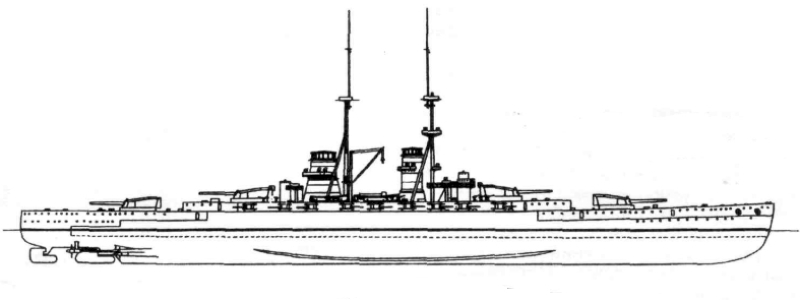Speaking of Italy, just avoiding the battle of Caporetto https://en.wikipedia.org/wiki/Battle_of_Caporetto will mean a lot for the treasury as there is no need to buy again all the materials lost in the battle...that was an enourmous quantity
Even because there will not the exodus of civilian escaping the Austrian army (between 250.000 and 500.000 )and neither their depredation of everything of value in the zone and naturally food (that can be used by Italy instead so even that mean less strain for the civilian and the treasury) or the need to rebuild the zone postwar due to the destruction from both the invaders, the fighting and the retreating italians that started controlled destruction of bridges, railways, road, etc. etc. to slow the enemy.
There is also the psycological consequences, even today Caporetto is synonymous of total defeat in Italy and t frankly the neglet given by the army brass and the goverment to the prisoners and the people in the occupied land (so to not encourage people to surrender
 ) had soured up a lot of the population postwar.
) had soured up a lot of the population postwar.
In any case less war will do a lot of good to the italian budget and political life.
More money mean that maybe the Caracciolo class is built or at least a couple of them

 en.wikipedia.org
en.wikipedia.org
Regarding Slovenia, honestly it's hard to see Italy annex the whole place, frankly too many slavs and too hard to justify internationally, the 2 more probable option are:
1 - exchanged with MegaSer...ehm the future Jugoslavia; the part of Dalmatia assigned to us by the Treaty of London plus Fiume (and maybe Split/Spalato)
2 - given independence with Italy getting is OTL post WW1 border, naturally with an Italian King/Prince and some nice treaty with Italy regarding defense and trade, in that case Fiume can remain to her.
Naturally there is the possibility that with Germany still going strong, Italy keeping Slovenia (independent but in his sphere) his seen as the lesser evil
Plus there is Albania, Serbia (Jugoslavia) and Greece want a piece of it and Italy want a protectorate of the place
Even because there will not the exodus of civilian escaping the Austrian army (between 250.000 and 500.000 )and neither their depredation of everything of value in the zone and naturally food (that can be used by Italy instead so even that mean less strain for the civilian and the treasury) or the need to rebuild the zone postwar due to the destruction from both the invaders, the fighting and the retreating italians that started controlled destruction of bridges, railways, road, etc. etc. to slow the enemy.
There is also the psycological consequences, even today Caporetto is synonymous of total defeat in Italy and t frankly the neglet given by the army brass and the goverment to the prisoners and the people in the occupied land (so to not encourage people to surrender
In any case less war will do a lot of good to the italian budget and political life.
More money mean that maybe the Caracciolo class is built or at least a couple of them

Francesco Caracciolo-class battleship - Wikipedia
Regarding Slovenia, honestly it's hard to see Italy annex the whole place, frankly too many slavs and too hard to justify internationally, the 2 more probable option are:
1 - exchanged with MegaSer...ehm the future Jugoslavia; the part of Dalmatia assigned to us by the Treaty of London plus Fiume (and maybe Split/Spalato)
2 - given independence with Italy getting is OTL post WW1 border, naturally with an Italian King/Prince and some nice treaty with Italy regarding defense and trade, in that case Fiume can remain to her.
Naturally there is the possibility that with Germany still going strong, Italy keeping Slovenia (independent but in his sphere) his seen as the lesser evil
Plus there is Albania, Serbia (Jugoslavia) and Greece want a piece of it and Italy want a protectorate of the place